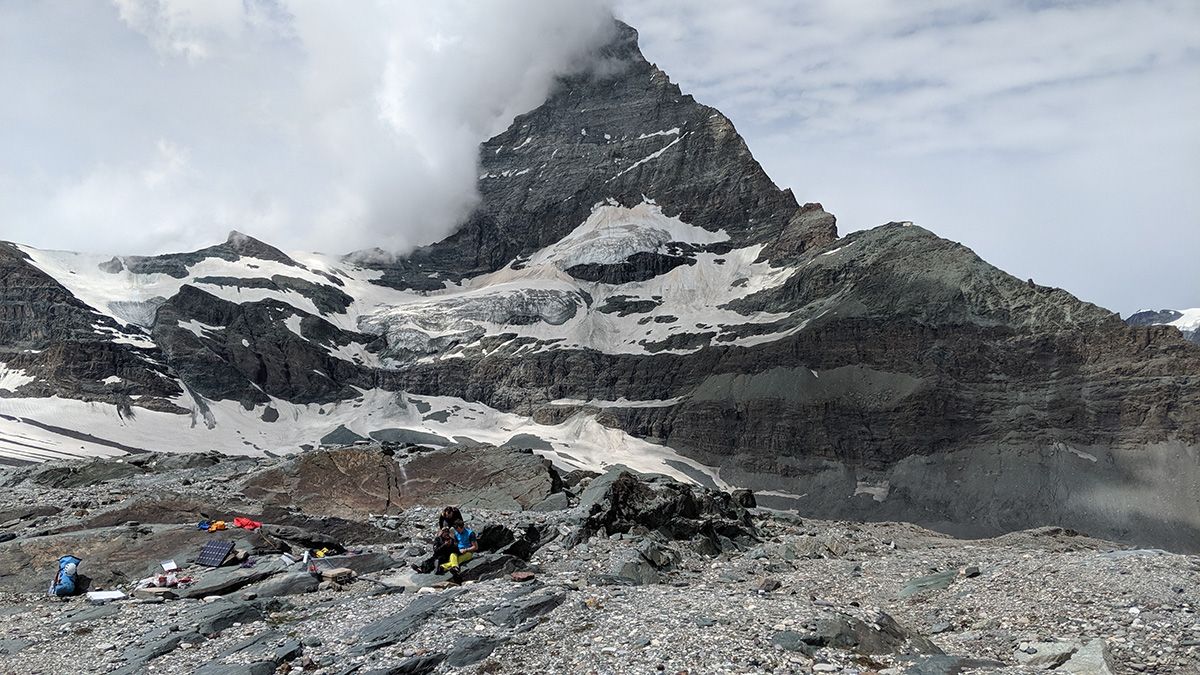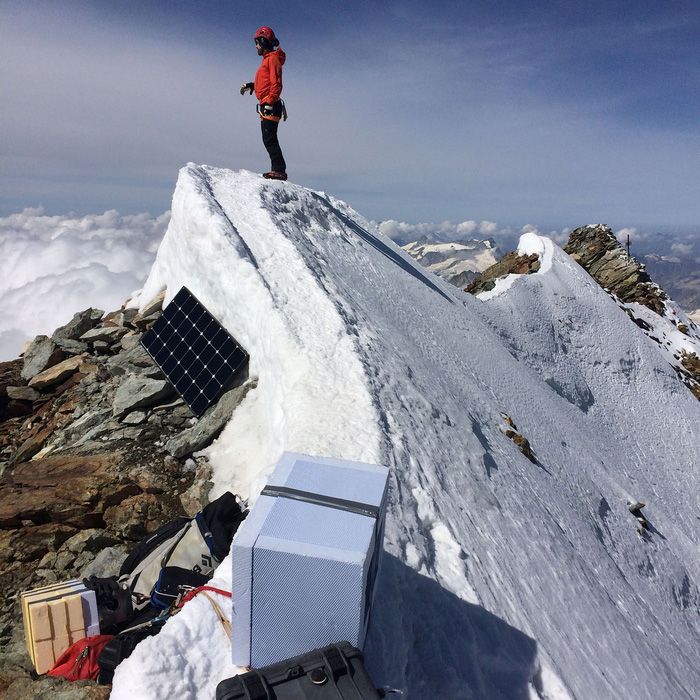Maria von Trapp was not Kidding – the Hills are Alive with the Sound of Music!
by Ken Rock, MSDC Newsletter Editor
From an article "Mountains Sway to the Seismic Song of Earth" by Richard J. Sima in Eos, the science news magazine published by AGU, the American Geophysical Union, February 1, 2022

The Matterhorn is in constant motion, gently swaying back and forth about once every 2 seconds.
New research reveals that mountains are, in fact, moving all the time, swaying gently from the seismic rhythms coursing through the earth upon which they rest. A recent study published in Earth and Planetary Science Letters reports that the Matterhorn, one of the most famous mountains on the planet, is constantly vibrating because of the ambient seismic energy originating from earthquakes and ocean waves around the world.
A team of researchers, led by geologist and professor Jeffrey Moore and an international team of collaborators, helicoptered up the Matterhorn to set up one solar-powered seismometer roughly the size of a “big cup of coffee” at the summit. Another was placed under the floorboards of a hut a few hundred meters below the peak, and a third was placed at the foot of the mountain as a reference. The seismometers continuously recorded movements and allowed the team to extract the frequency and direction of the resonance.

The movements are small, on the order of nanometers at the baseline to millimeters during an earthquake, Moore said. “But it’s very real. It’s always happening.” You can hear a recording of the Matterhorn's sway here.

“It’s kind of a true song of the mountain,” said Moore, the senior author of the study. “It’s just humming with this energy, and it’s very low frequency; we can’t feel it, we can’t hear it. It’s a tone of the Earth.” Click here to see an animation showing the motion (exaggerated) of the Matterhorn.
